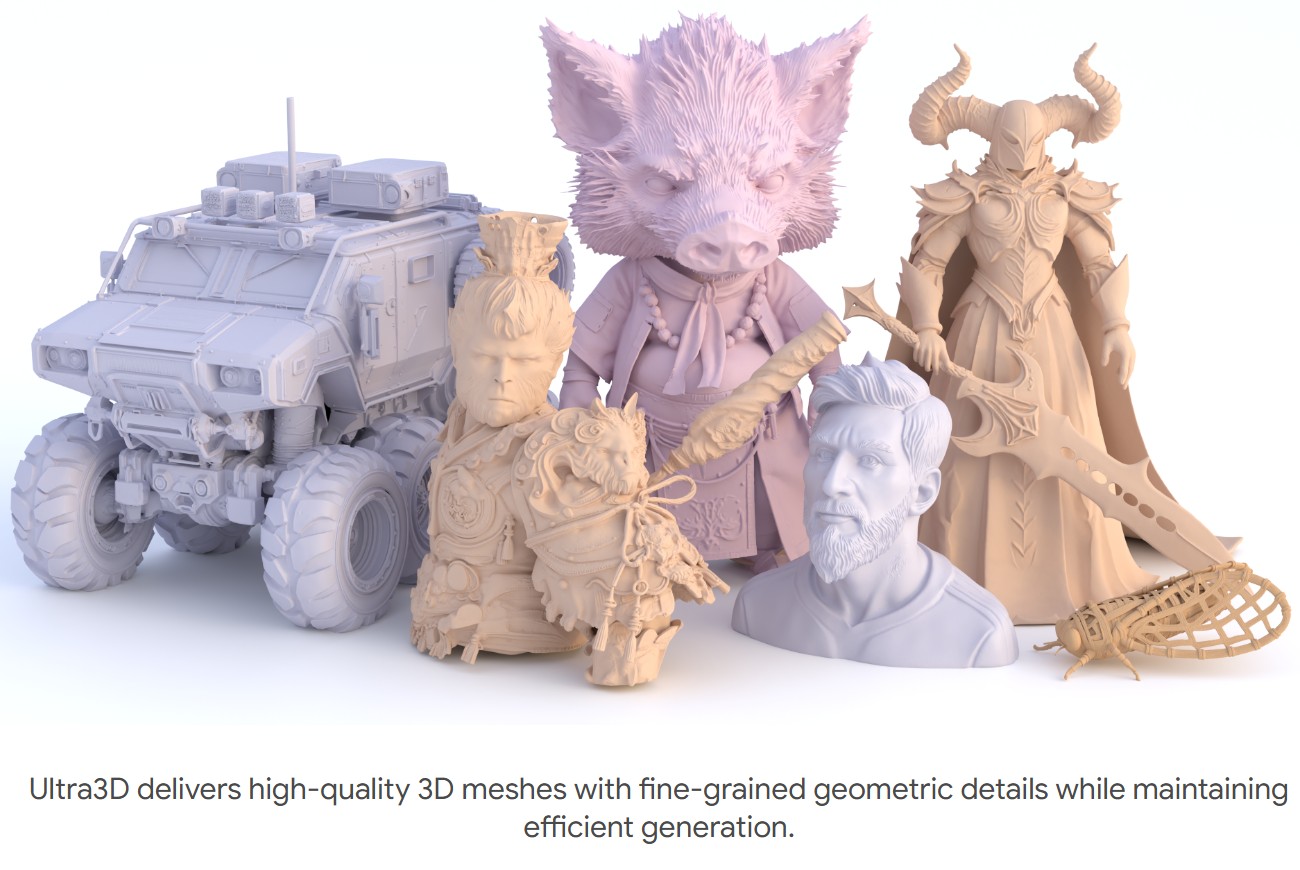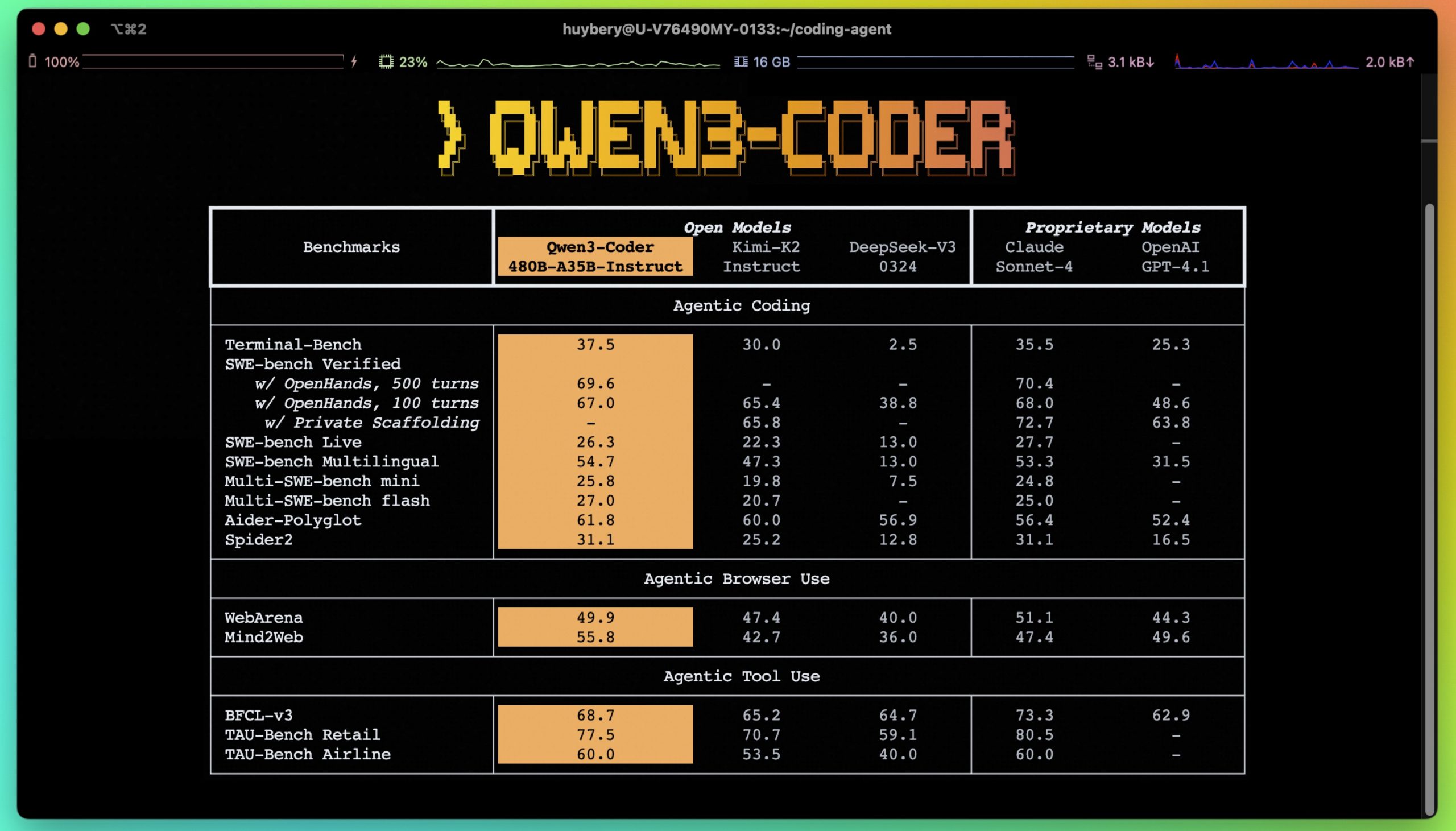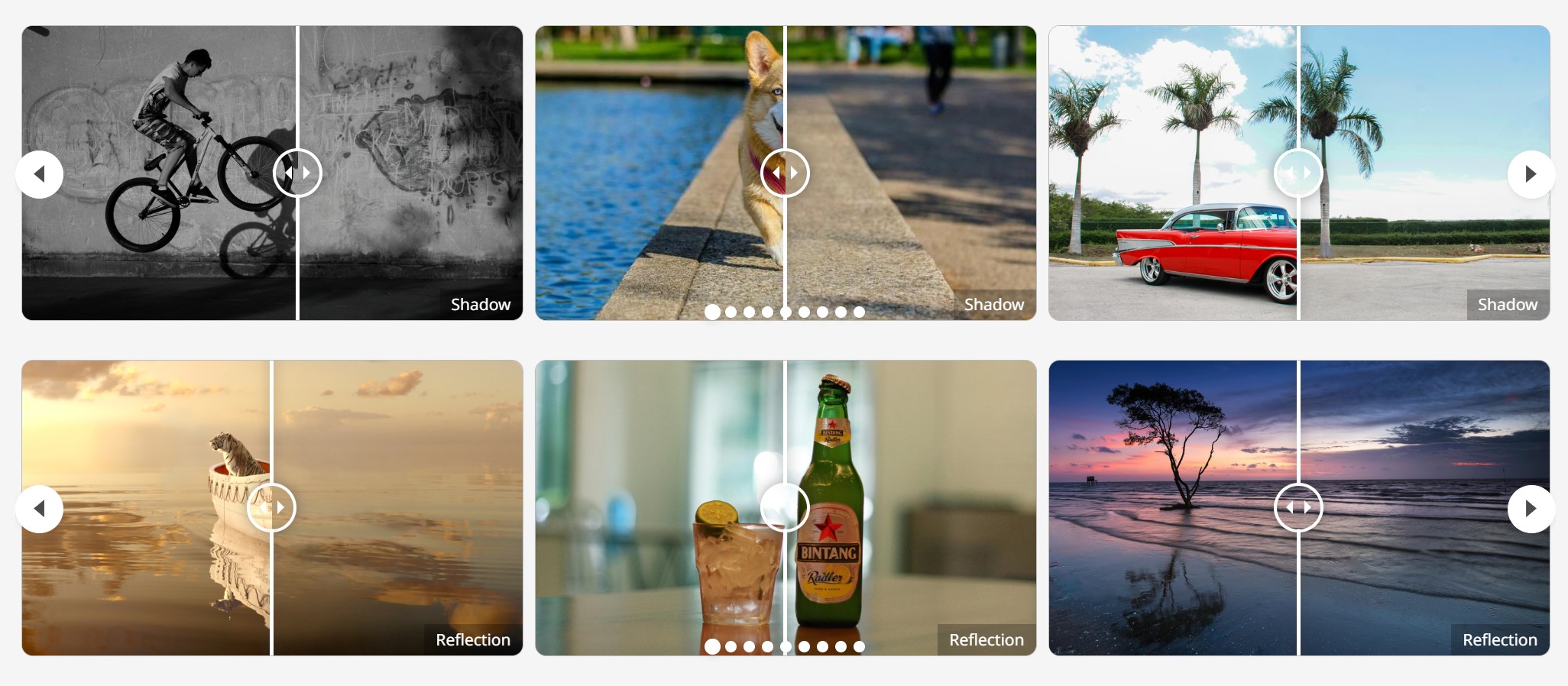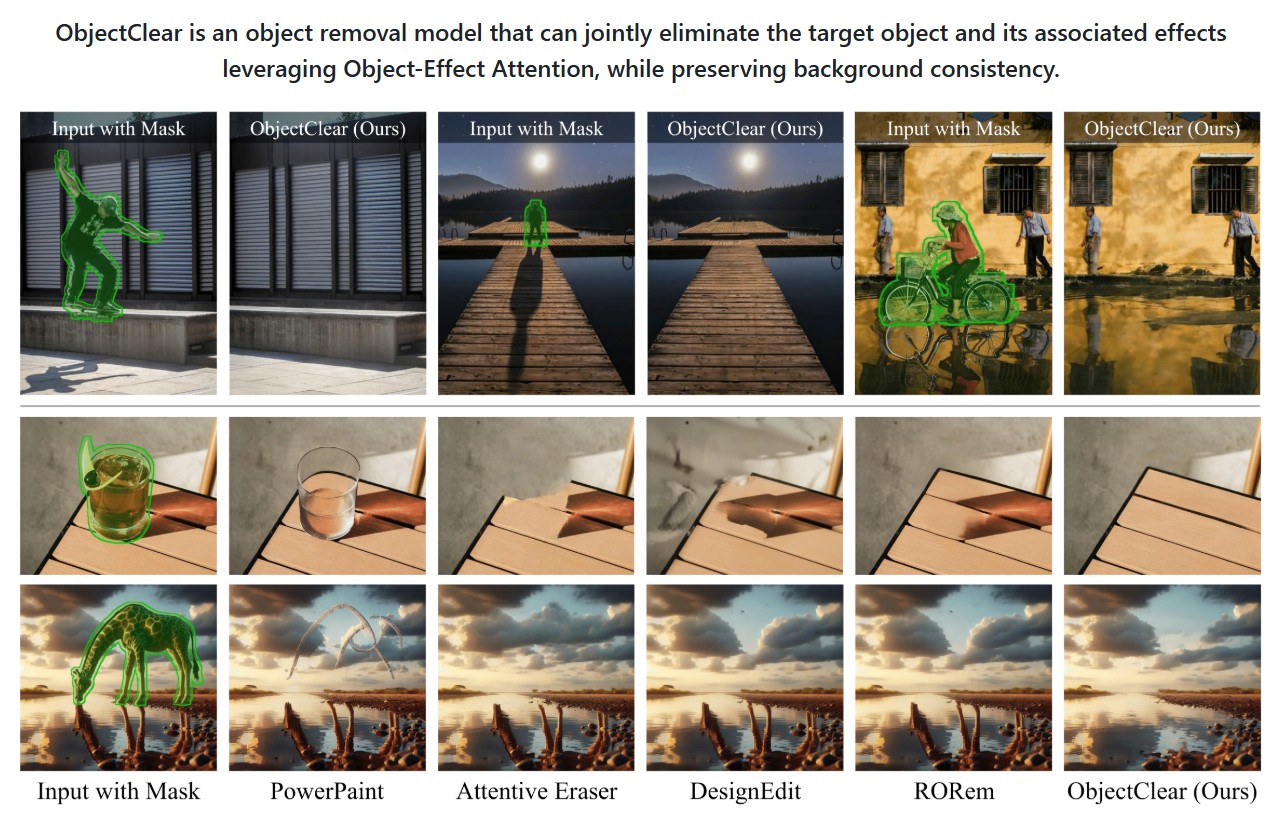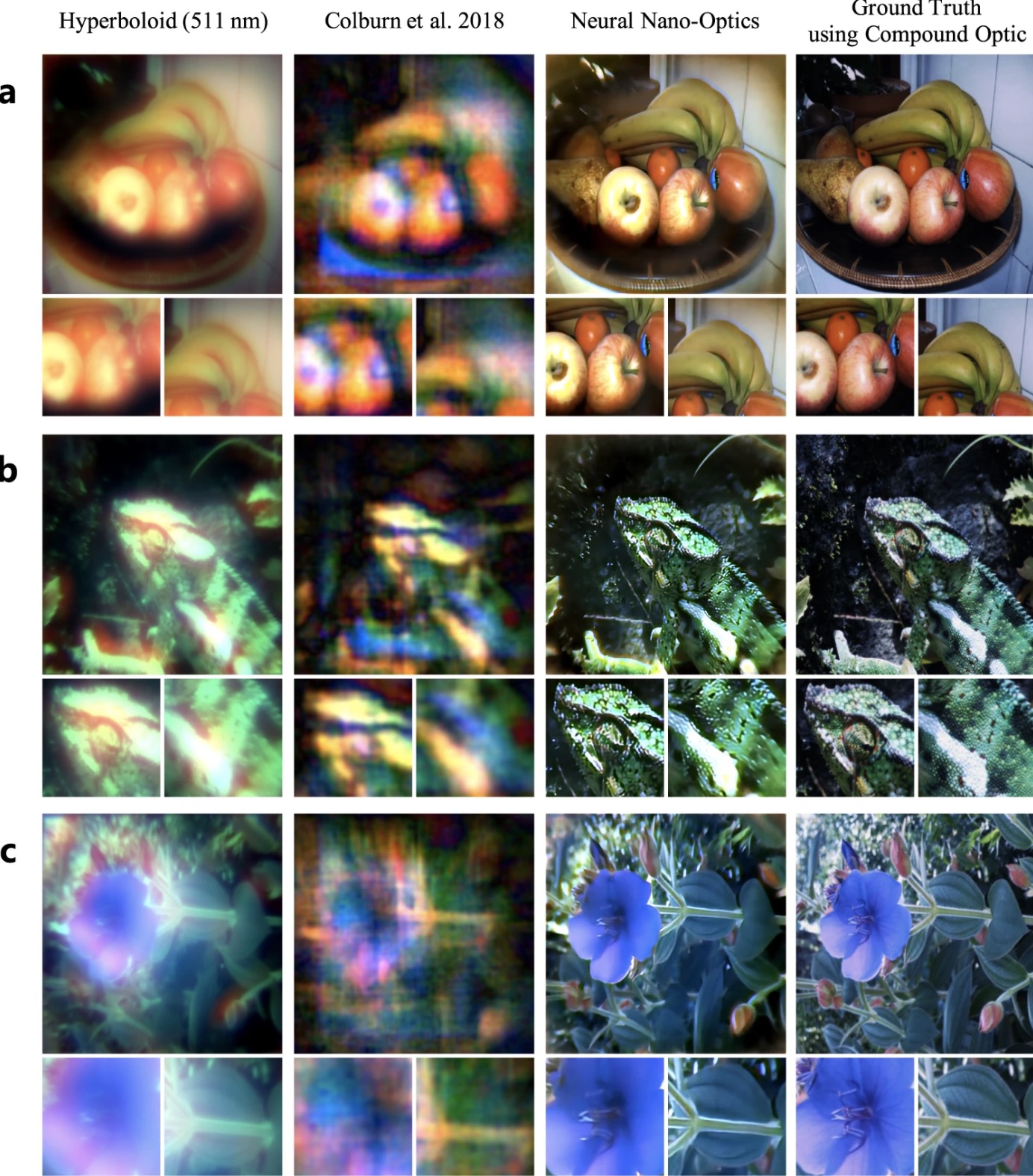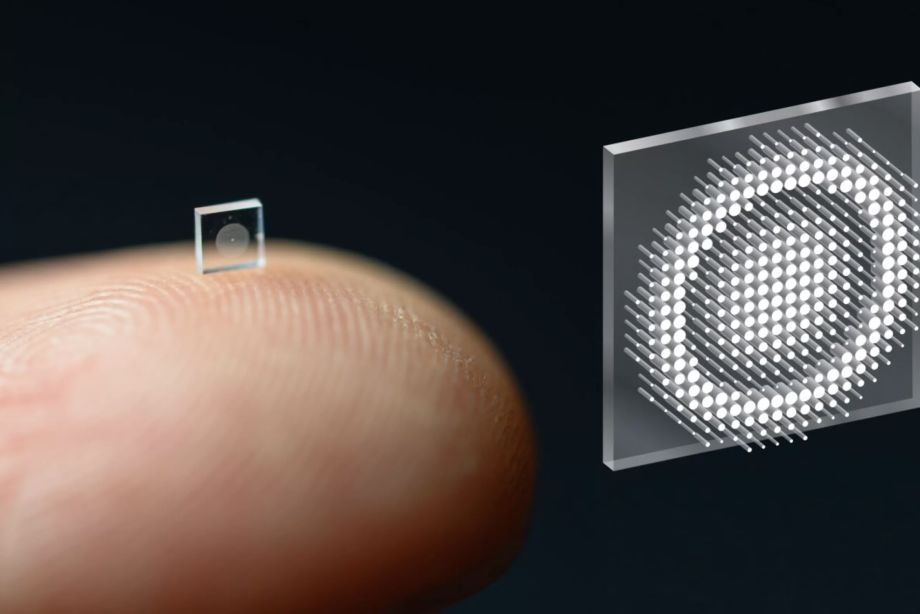BREAKING NEWS
LATEST POSTS
-
OpenAI Backs Critterz, an AI-Made Animated Feature Film
https://www.wsj.com/tech/ai/openai-backs-ai-made-animated-feature-film-389f70b0
Film, called ‘Critterz,’ aims to debut at Cannes Film Festival and will leverage startup’s AI tools and resources.
“Critterz,” about forest creatures who go on an adventure after their village is disrupted by a stranger, is the brainchild of Chad Nelson, a creative specialist at OpenAI. Nelson started sketching out the characters three years ago while trying to make a short film with what was then OpenAI’s new DALL-E image-generation tool.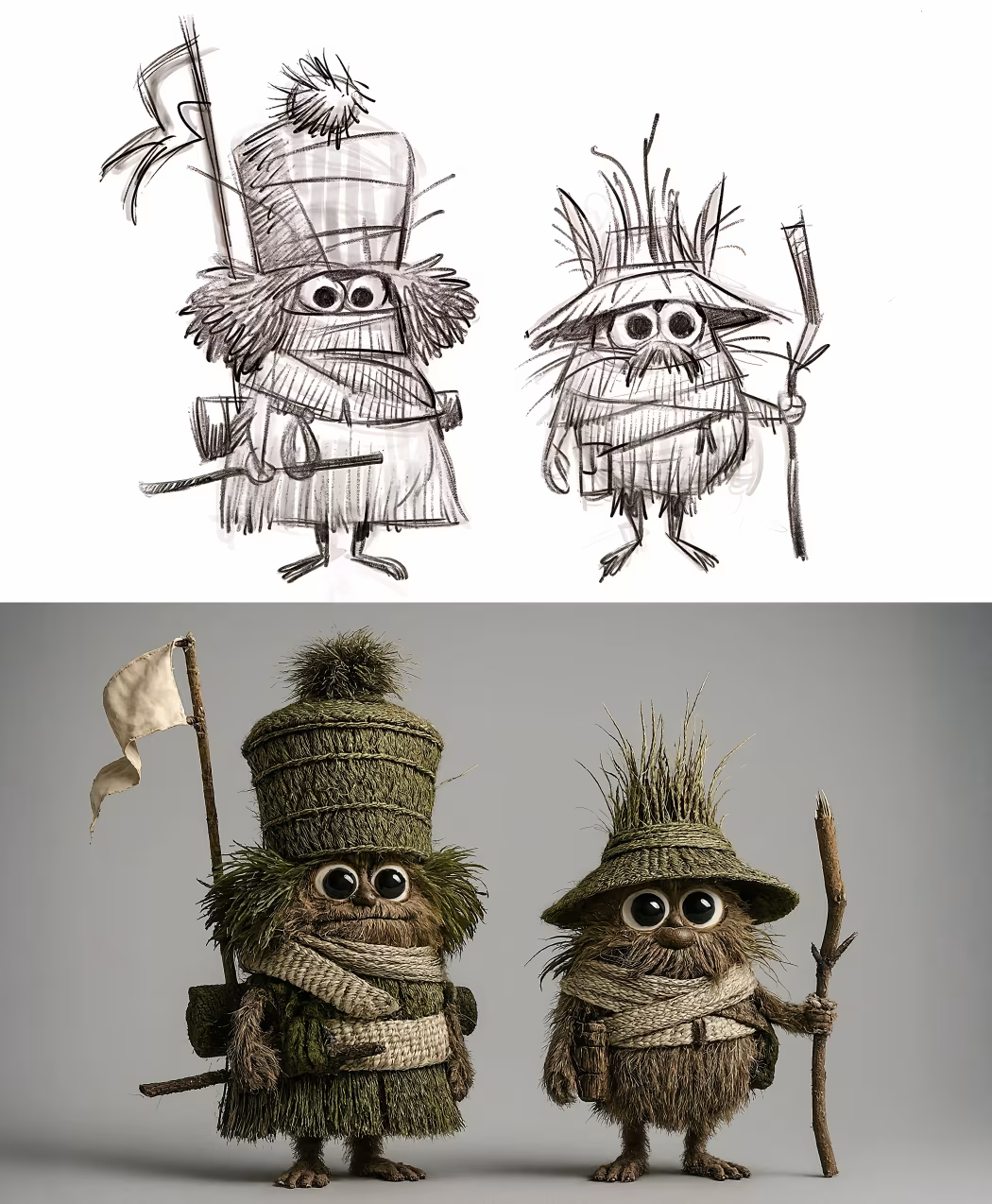
-
AI and the Law: Anthropic to Pay $1.5 Billion to Settle Book Piracy Class Action Lawsuit
https://variety.com/2025/digital/news/anthropic-class-action-settlement-billion-1236509571
The settlement amounts to about $3,000 per book and is believed to be the largest ever recovery in a U.S. copyright case, according to the plaintiffs’ attorneys.
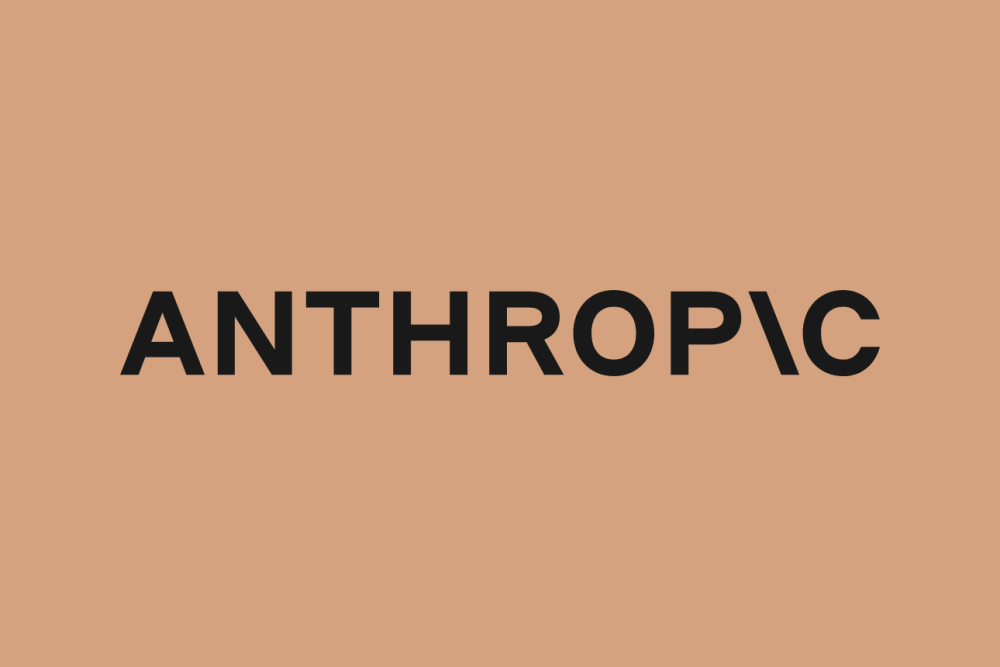
-
Sir Peter Jackson’s Wētā FX records $140m loss in two years, amid staff layoffs
https://www.thepost.co.nz/business/360813799/weta-fx-posts-59m-loss-amid-industry-headwinds
Wētā FX, Sir Peter Jackson’s largest business has posted a $59.3 million loss for the year to March 31, an improvement on an $83m loss last year.

-
ComfyUI Thinkbox Deadline plugin
Submit ComfyUI workflows to Thinkbox Deadline render farm.
Features
- Submit ComfyUI workflows directly to Deadline
- Batch rendering with seed variation
- Real-time progress monitoring via Deadline Monitor
- Configurable pools, groups, and priorities
https://github.com/doubletwisted/ComfyUI-Deadline-Plugin
https://docs.thinkboxsoftware.com/products/deadline/latest/1_User%20Manual/manual/overview.html
Deadline 10 is a cross-platform render farm management tool for Windows, Linux, and macOS. It gives users control of their rendering resources and can be used on-premises, in the cloud, or both. It handles asset syncing to the cloud, manages data transfers, and supports tagging for cost tracking purposes.
Deadline 10’s Remote Connection Server allows for communication over HTTPS, improving performance and scalability. Where supported, users can use usage-based licensing to supplement their existing fixed pool of software licenses when rendering through Deadline 10.

-
Google’s Nano Banana AI: Free Tool for 3D Architecture Models
https://landscapearchitecture.store/blogs/news/nano-banana-ai-free-tool-for-3d-architecture-models

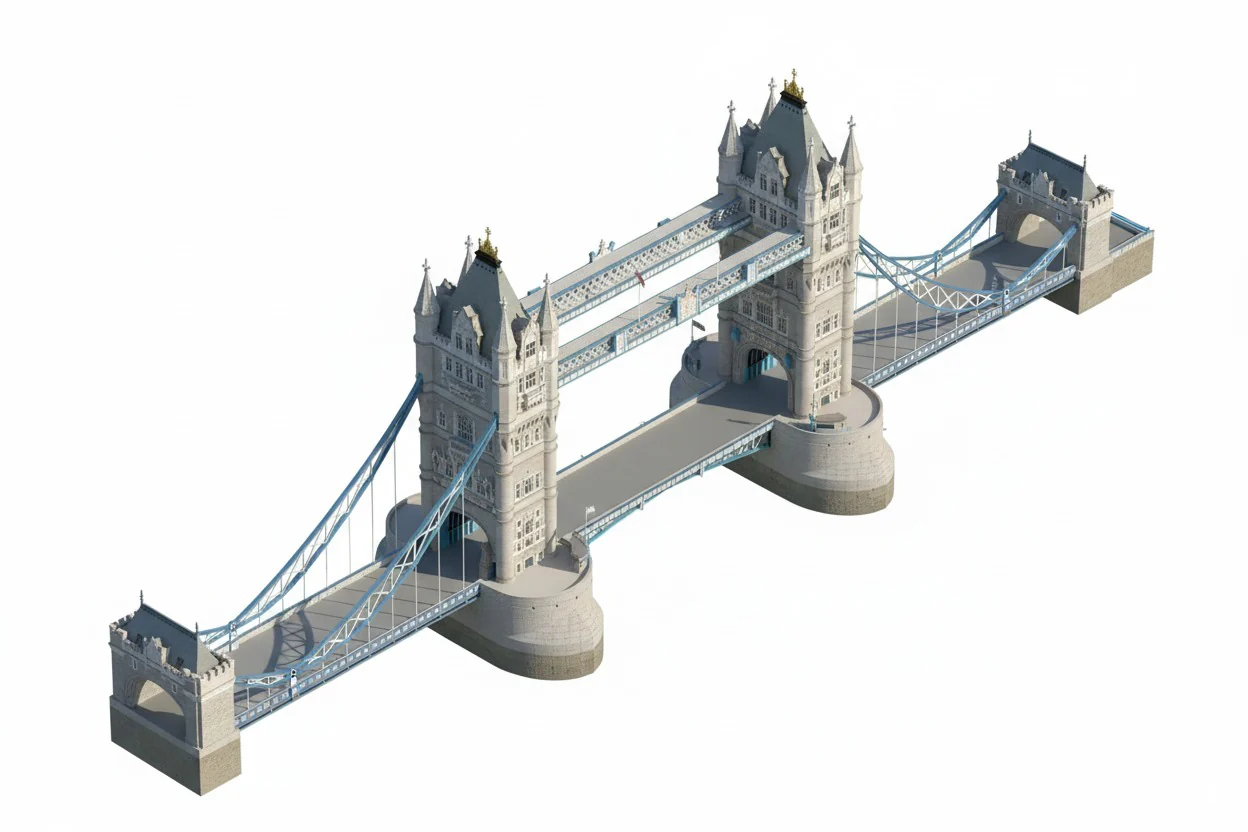
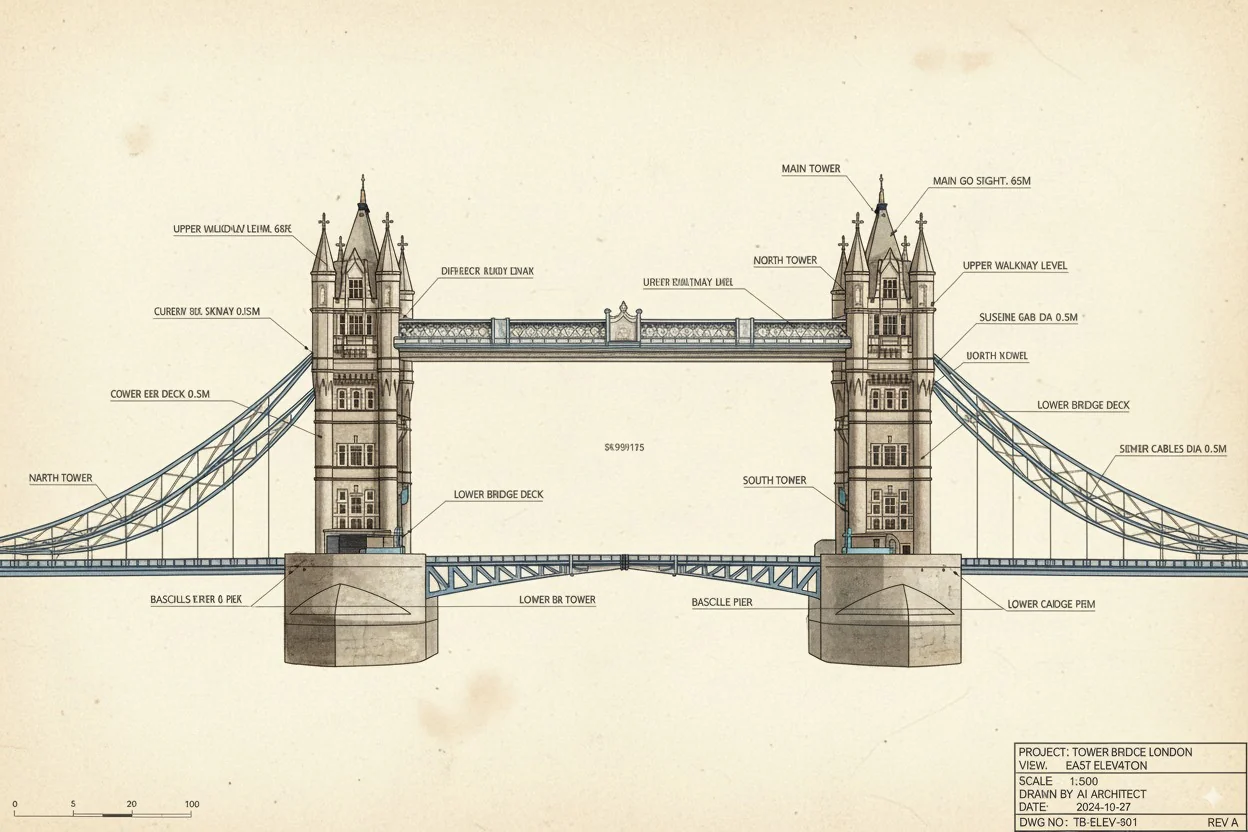
How to Use Nano Banana AI for Architecture- Go to Google AI Studio.
- Log in with your Gmail and select Gemini 2.5 (Nano Banana).
- Upload a photo — either from your laptop or a Google Street View screenshot.
- Paste this example prompt:
“Use the provided architectural photo as reference. Generate a high-fidelity 3D building model in the look of a 3D-printed architecture model.” - Wait a few seconds, and your 3D architecture model will be ready.
Pro tip: If you want more accuracy, upload two images — a street photo for the facade and an aerial view for the roof/top.
-
Blender 4.5 switches from OpenGL to Vulkan support
Blender is switching from OpenGL to Vulkan as its default graphics backend, starting significantly with Blender 4.5, to achieve better performance and prepare for future features like real-time ray tracing and global illumination. To enable this switch, go to Edit > Preferences > System and set the “Backend” option to “Vulkan,” then restart Blender. This change offers substantial benefits, including faster startup times, improved viewport responsiveness, and more efficient handling of complex scenes by better utilizing your CPU and GPU resources.
Why the Switch to Vulkan?
- Modern Graphics API: Vulkan is a newer, lower-level, and more efficient API that provides developers with greater control over hardware, unlike the older, higher-level OpenGL.
- Performance Boost: This change significantly improves performance in various areas, such as viewport rendering, material loading, and overall UI responsiveness, especially in complex scenes with many textures.
- Better Resource Utilization: Vulkan distributes work more effectively across the CPU and reduces driver overhead, allowing Blender to make better use of your computer’s power.
- Future-Proofing: The Vulkan backend paves the way for advanced features like real-time ray tracing and global illumination in future versions of Blender.
-
Diffuman4D – 4D Consistent Human View Synthesis from Sparse-View Videos with Spatio-Temporal Diffusion Models
Given sparse-view videos, Diffuman4D (1) generates 4D-consistent multi-view videos conditioned on these inputs, and (2) reconstructs a high-fidelity 4DGS model of the human performance using both the input and the generated videos.
FEATURED POSTS
-
Photography basics: Color Temperature and White Balance
Color Temperature of a light source describes the spectrum of light which is radiated from a theoretical “blackbody” (an ideal physical body that absorbs all radiation and incident light – neither reflecting it nor allowing it to pass through) with a given surface temperature.
https://en.wikipedia.org/wiki/Color_temperature
Or. Most simply it is a method of describing the color characteristics of light through a numerical value that corresponds to the color emitted by a light source, measured in degrees of Kelvin (K) on a scale from 1,000 to 10,000.
More accurately. The color temperature of a light source is the temperature of an ideal backbody that radiates light of comparable hue to that of the light source.
(more…)
-
The illusion of sex 2009

Richard Russell Harvard University, USA
In the Illusion of Sex, two faces are perceived as male and female.
However, both faces are actually versions of the same androgynous face.
One face was created by increasing the contrast of the androgynous face, while the other face was created by decreasing the contrast. The face with more contrast is perceived as female, while the face with less contrast is perceived as male. The Illusion of Sex demonstrates that contrast is an important cue for perceiving the sex of a face, with greater contrast appearing feminine, and lesser contrast appearing masculine.
Russell, R. (2009) A sex difference in facial pigmentation and its exaggeration by cosmetics. Perception, (38)1211-1219.








